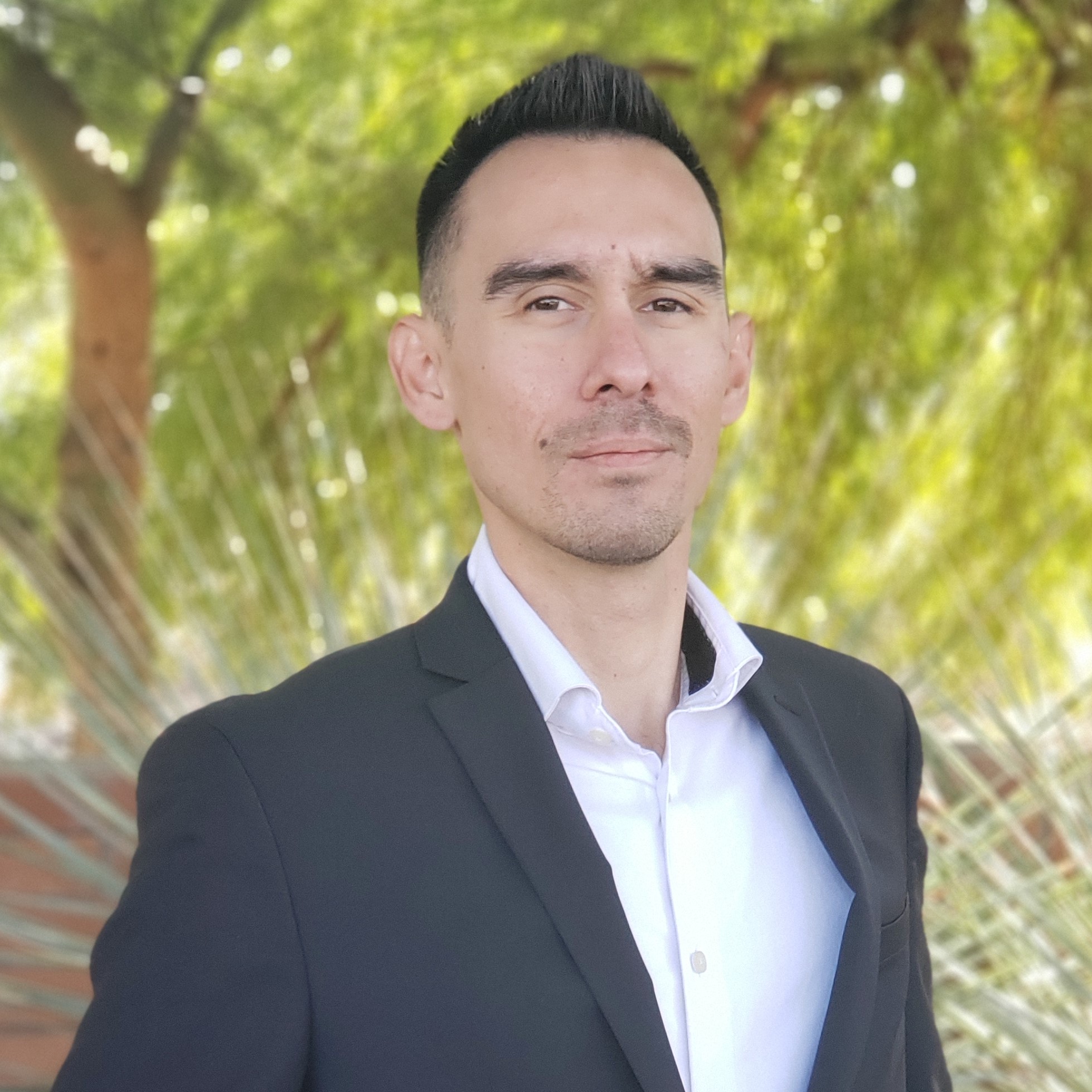 Flush with Insight: The Future of Wastewater Surveillance
Flush with Insight: The Future of Wastewater SurveillanceKeynote Speaker
Oral Presentation
Prepared by A. Gushgari
Eurofins Pandemic Prevention Services, 800 Riverside Drive, West Sacramento, California, 95605, United States
Contact Information: [email protected]; 480-490-3017
ABSTRACT
The field of wastewater surveillance provides a wealth of information that has significantly contributed to addressing some of the worst health crises in recent times, ranging from the U.S. opioid epidemic to the global SARS-CoV-2 pandemic. The establishment of the CDC National Wastewater Surveillance System (NWSS) has created a robust network of wastewater surveillance activity in the United States that can be adapted to address region-specific health events and future pandemics. However, the future of wastewater surveillance remains an important (and hotly debated) question. This presentation delves into the feasible avenues for expanding the wastewater surveillance methodology through analyte expansion, custom samplers, real-time sensors, and their applications across various industries and professions. Promising research suggests that wastewater surveillance methods can be applied to monitor a host of "biological insults," such as influenza, Cryptosporidium, Giardia, mycotoxin exposure, hepatitis, dengue, West Nile, Zika, and yellow fever. There is also a growing interest in the detection of “chemical insults”, which can provide information on narcotics consumption, pharmaceutical and personal care product (PPCP) use, PFAS and hazardous chemical exposure, microplastic exposure, as well as community health and lifestyle data. Furthermore, the adoption of advanced technologies such as artificial intelligence and machine learning algorithms offers the opportunity to transform the wastewater surveillance landscape by facilitating the development of "smart sewer" networks and predictive analytics capabilities. The field of wastewater surveillance is poised for a revolutionary advancement that will create significant opportunities for professionals across the scientific, engineering, and technology industries, ultimately leading to improved health and quality of life for the populations we serve.

